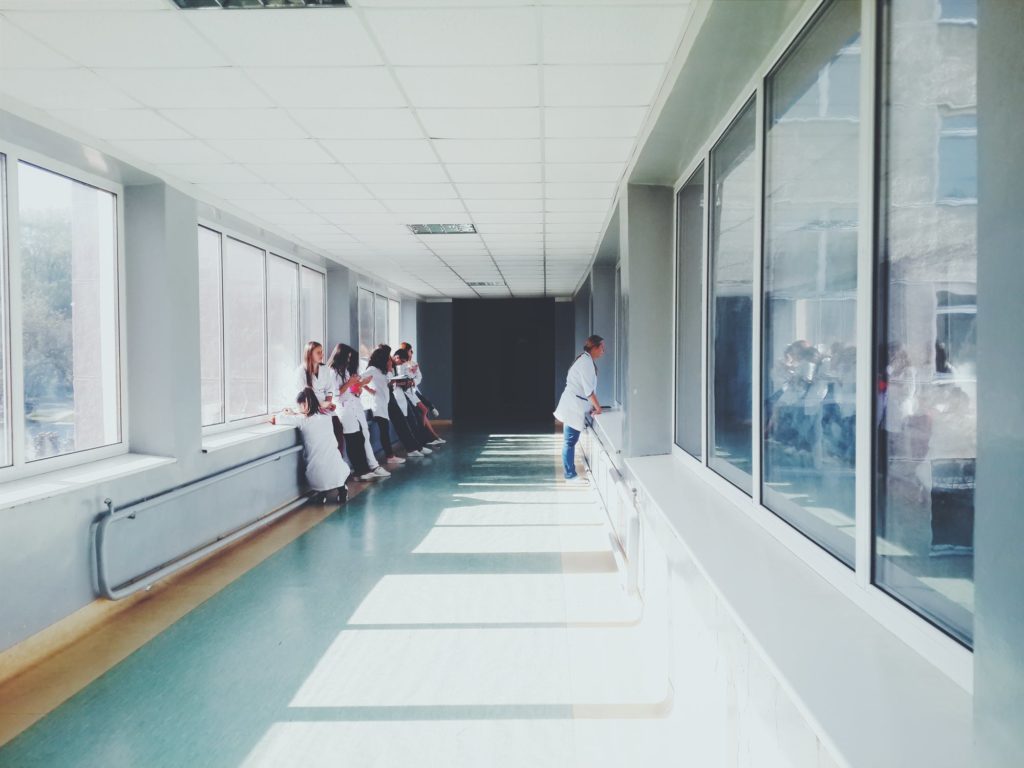
Americans pay the highest birthing costs in the world. Considering the fact that more people are born in September than any other month of the year, personal-finance website WalletHub released a report on 2018’s Best & Worst States to Have a Baby as well as accompanying videos.
To determine the most ideal places in the U.S. for parents and their newborns, WalletHub compared the 50 states and the District of Columbia across 26 key measures of cost, health care accessibility and baby-friendliness. The data set ranges from hospital conventional-delivery charges to annual average infant-care costs to pediatricians per capita.
| Best States to Have a Baby | Worst States to Have a Baby | |||
| 1 | Vermont | 42 | Nevada | |
| 2 | Massachusetts | 43 | New Mexico | |
| 3 | Minnesota | 44 | Arkansas | |
| 4 | New Hampshire | 45 | Georgia | |
| 5 | North Dakota | 46 | West Virginia | |
| 6 | Connecticut | 47 | Oklahoma | |
| 7 | Colorado | 48 | Louisiana | |
| 8 | Nebraska | 49 | South Carolina | |
| 9 | District of Columbia | 50 | Alabama | |
| 10 | California | 51 | Mississippi | |
Best vs. Worst
- Mississippi has the lowest average annual cost for early child care, $3,114, which is 4.9 times lower than in the District of Columbia, the highest at $15,137.
- Alaska has the lowest share of childbirths with low birth weight, 5.90 percent, which is 1.9 times lower than in Mississippi, the highest at 11.46 percent.
- Vermont has the most obstetricians and gynecologists (per 100,000 residents), 22, which is 11 times more than in Oklahoma, the fewest at two.
- California has the highest parental-leave policy score, 155, while 12 states, such as Arizona, Michigan and South Carolina, tied for the lowest at 0.
To view the full report and your state or the District’s rank, please visit:
https://wallethub.com/edu/best-and-worst-states-to-have-a-baby/6513/

